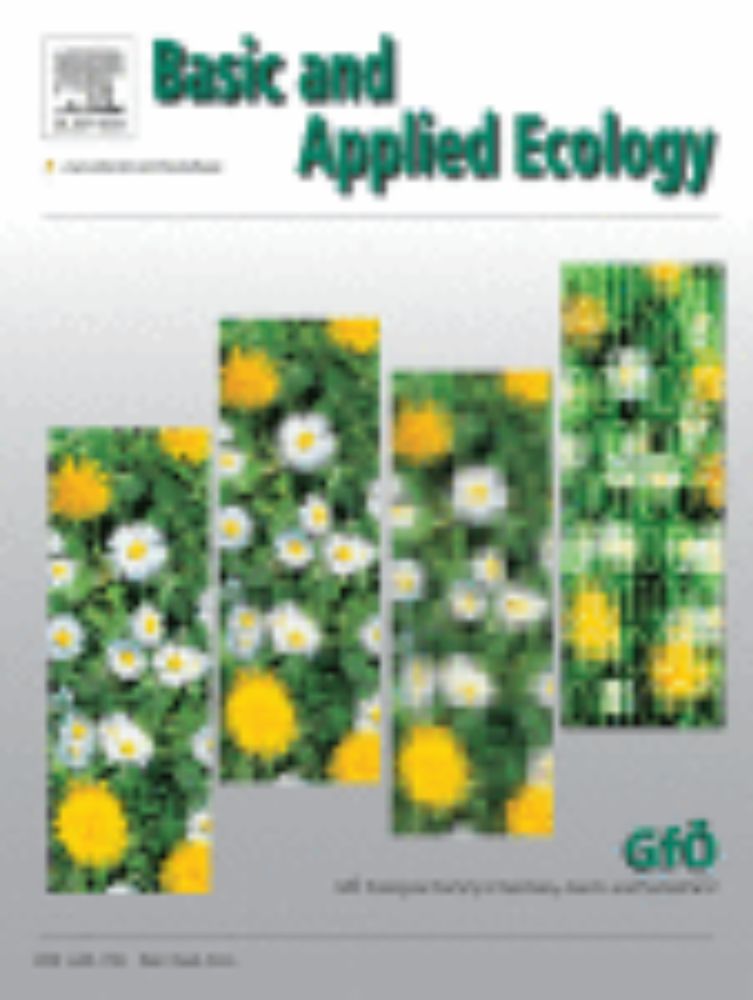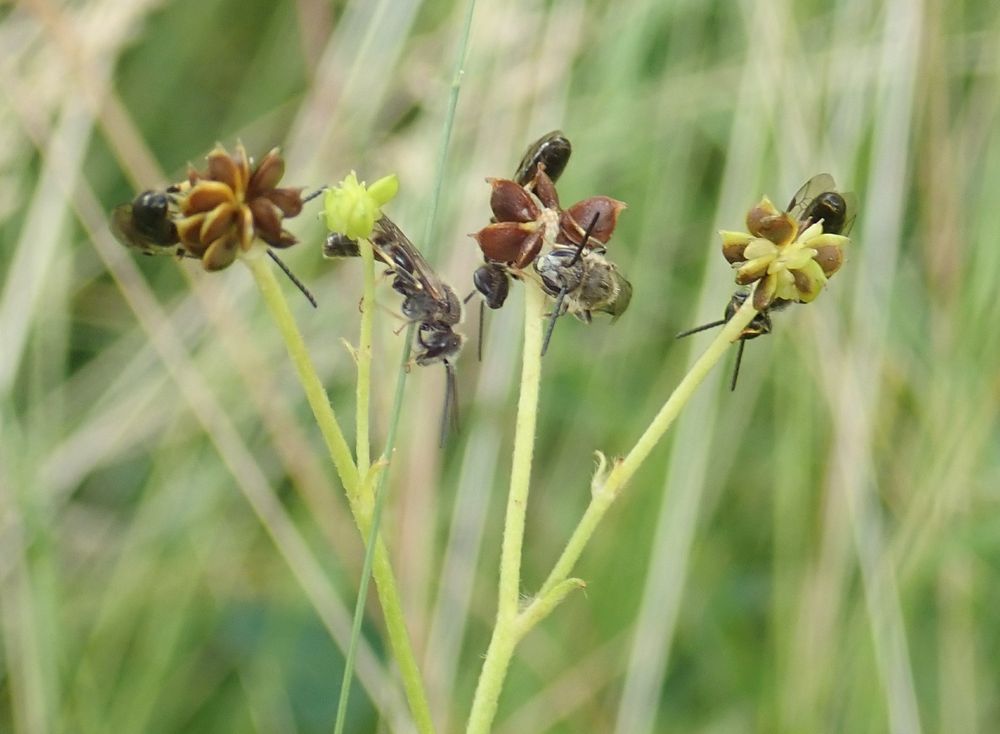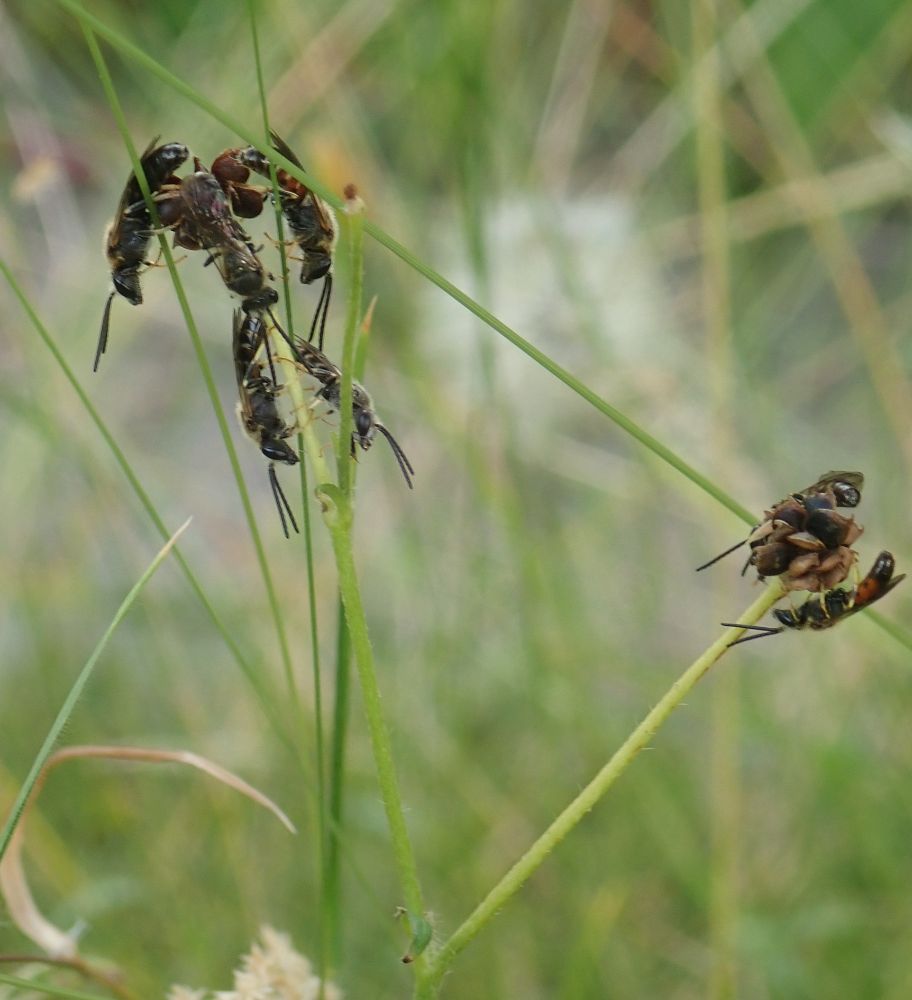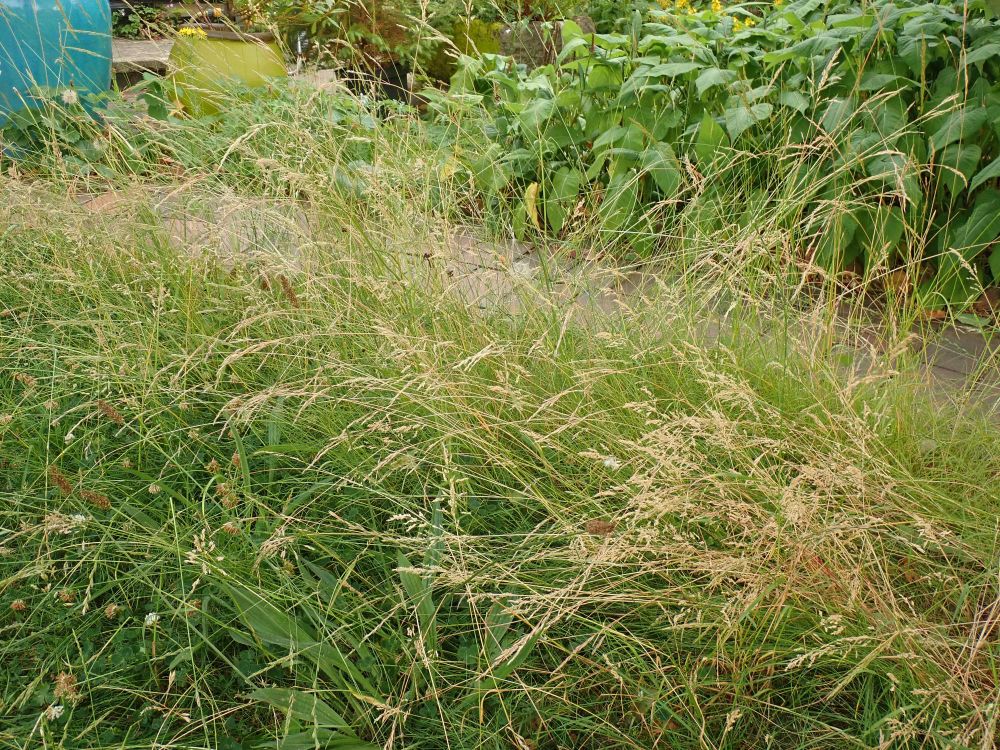Lars Willighagen
@larswillighagen.bsky.social
30 followers
36 following
50 posts
PhD candidate in Ecology at Radboud University, software developer for CDLI, Open Source programmer (Citation.js). Mainly on Mastodon: https://mastodon.social/@larsgw
Posts
Media
Videos
Starter Packs
Reposted by Lars Willighagen
Reposted by Lars Willighagen
Reposted by Lars Willighagen
Reposted by Lars Willighagen










